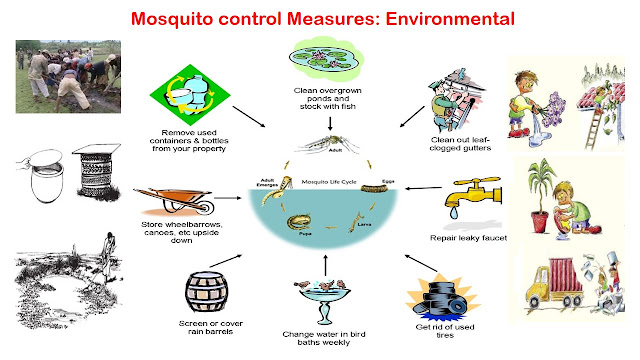National Nutrition Week: Healthy Diet for Preschool children
Who are Preschool children?
Children of age group 1-4 years are called preschool children. They represent about 9.7% of general population in India.
What is the need?
Healthy dietary practices start early in life – breastfeeding fosters healthy growth and improves cognitive development, and may have longer term health benefits such as reducing the risk of becoming overweight or obese and developing NCDs later in life. Young children need help to develop healthy eating and physical activity habits for life.
When National Nutrition Week is celebrated?
1st to 7th September every year in India to focus on various aspect of Nutrition among all age groups.
What should be included in diet & how to feed?
- Offer a variety of healthy foods: Choose foods from each food group. Pay attention to dairy foods, whole grains, and vegetables to build healthy habits that will last a lifetime.
- Be mindful of sweet drinks and other foods: Offer water instead of sugary drinks like regular soda and fruit drinks. Other foods like hot dogs, burgers, pizza, cookies, cakes, and candy are only occasional treats.
- Focus on the meal and each other: Your children learns by watching you. Let your child choose how much to eat of foods you provide. Children copy your likes, dislikes, and your interest in trying new foods.
- Be patient with your child: Children enjoy food when eating it is their own choice. Some new foods take time. Give a taste at first and wait a bit. Let children serve themselves by taking small amounts. Offer new foods many times.
- Some foods are easy to choke on while eating. Children need to sit when eating. Foods like hot dogs, grapes, and raw carrots need to be cut into small pieces. Be alert if serving 3- to 5-year olds foods like popcorn, nuts, seeds, or other hard foods
- Children’s appetites vary from day to day: Some days they may eat less than these amounts; other days they may want more. Let your child choose how much to eat. Throughout a day, offer amounts shown below.
- This food checklist is based on average needs. Don't worry if your child does not eat the exact amounts suggested. Your child may need more or less than average. For example, food needs increase during growth spurts.
References:
- https://www.nhp.gov.in/healthlyliving/healthy-diet
- https://vikaspedia.in/health/nutrition/dietary-guidelines-1/diet-for-children-and-adolescents
- https://www.who.int/en/news-room/fact-sheets/detail/healthy-diet
- https://www.chp.gov.hk/en/static/90017.html
- https://www.choosemyplate.gov
- Park, K. (2019). Park's textbook of preventive and social medicine. 25th. Jabalpur, India: M/S Banarsidas Bhanot.
- Kadri AM. (2019). IAPSM's Textbook of Community Medicine. 1st. New Delhi, India: Jaypee Brothers Medical Publishers (P) Ltd.








Comments
Post a Comment